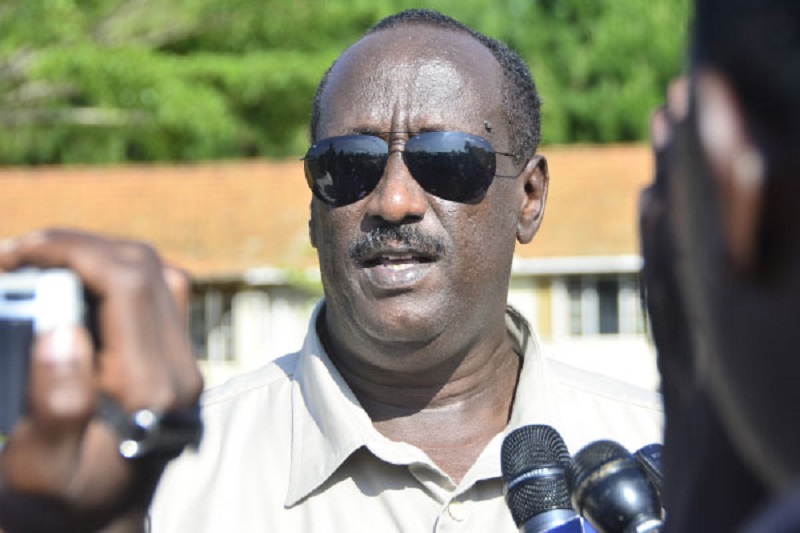Building Uganda’s Future from Kapeeka
At the recent Uganda Development Forum (UDF), Gen. Salim Saleh, Chief Coordinator of Operation Wealth Creation (OWC), delivered a powerful address focused on Namunkekera–Kapeeka Industrial Park — a project he described as the living model of Uganda’s industrial future.
“Namunkekera is proof that Ugandans can industrialize through local effort, structured partnerships, and proper land utilization,” Gen. Saleh emphasized.
The Kapeeka Industrial Park, located in Nakaseke District, was among the first flagship projects under OWC’s vision of transforming land into productive industrial zones. Saleh pointed out that while Uganda has many development blueprints, few have translated into visible action like the one in Kapeeka.
Land as the Foundation of Industrial Growth
Speaking on the theme of “Land and Inclusive Growth,” Gen. Saleh called for a strategic national focus on land as a productive asset, not a political or speculative one.
He observed that land mismanagement and institutional land hoarding have stalled industrial expansion in many regions, while Kapeeka succeeded because land was freed for enterprise, investment, and community participation.
“Agencies holding land in trust should release it for productive use,” he urged.
“We need to replicate what happened in Kapeeka across Uganda.”
Saleh warned that land distortion remains Uganda’s biggest bottleneck to growth, noting that if it is not resolved, even the best economic targets will remain unreachable.
From Kapeeka to National Wealth Creation
The General reflected on Operation Wealth Creation’s decade-long journey, explaining that initiatives like Kapeeka Industrial Park stemmed directly from OWC’s mission — to integrate rural citizens into the money economy.
“Ten years ago, we started with people who had never earned or handled cash,” Saleh said.
“Now, we’ve reduced that number from 68% to around 39%.”
The industrial model at Kapeeka — with agro-processing, manufacturing, and value-addition facilities — demonstrates how rural transformation can be achieved when infrastructure and production are aligned.
Saleh said this “Kapeeka formula” could serve as a template for regional industrialization across Uganda — particularly in Gulu, Kasese, and Mbale, where similar efforts are emerging.
A Legacy of Collaboration and Reform
Tracing Uganda’s economic journey, Gen. Saleh recalled the post-independence development plans and the reforms of the 1980s, led by the National Resistance Movement (NRM). He noted that Uganda’s earlier success was built on unity and collective planning, values he believes should now guide industrialization.
“When we had one direction — like in the early NRM years — Uganda saw double-digit growth,” he said.
“Today, that unity must return around land, industry, and productivity.”
He thanked Hon. Norbert Mao, the Ministry of Finance, and Uganda Development Corporation (UDC) for supporting the UDF Think Tank and promoting synergy between government, investors, and communities.
Gulu as the Next Industrial Frontier
Although he joined the Kampala session virtually, Gen. Saleh extended an invitation to host the next UDF meeting in Gulu, emphasizing that northern Uganda has both the peace and potential for new industrial parks similar to Kapeeka.
“Let’s bring the next conference to Gulu,” he suggested.
“It’s quiet, strategic, and ready to host Uganda’s next big industrial leap.”

